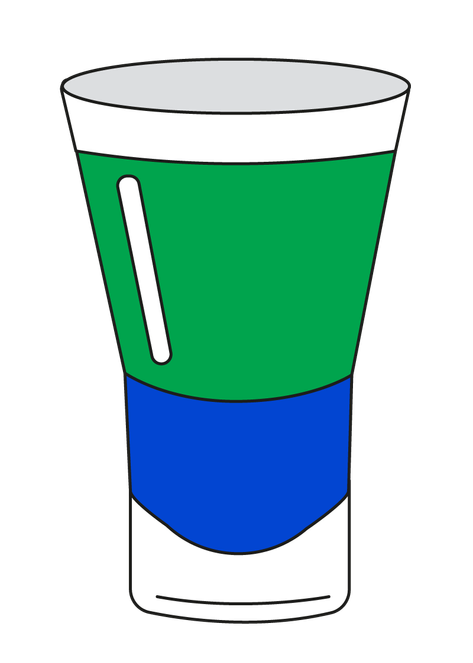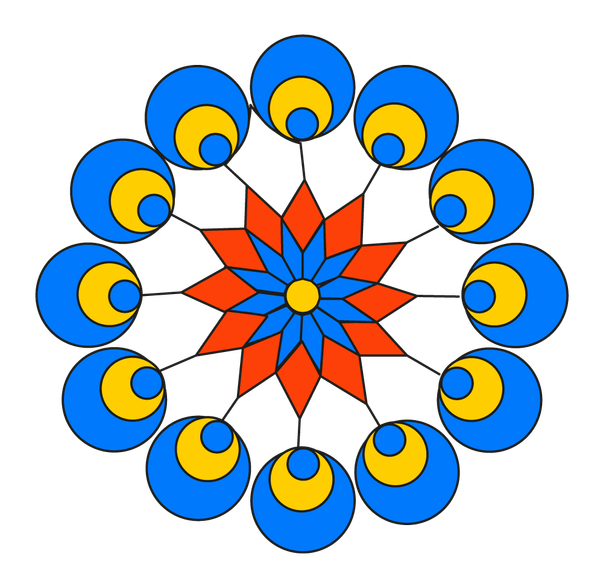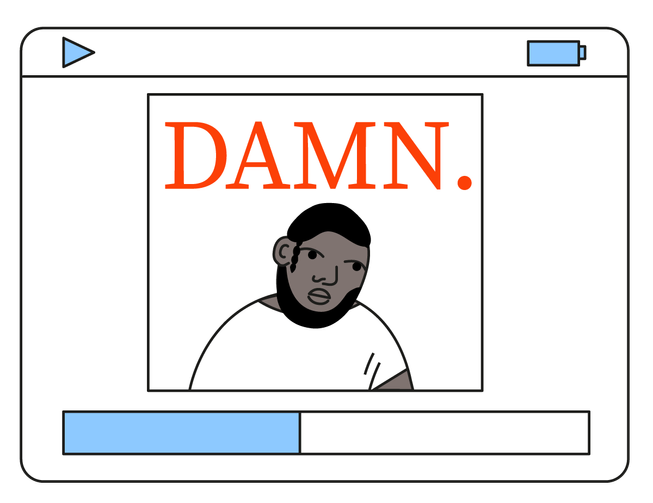Yeah! You did right. Keep clicking on the hot spots to find out more.
Becki Kozel
Pavel Kedich
Mira Malhotra
Anna Seslavinskaya
Anton Repponen
Readymag explored the lives and work habits of five designers from different backgrounds to find out what helps them stay productive and creative.
What makes for a good design? Beyond the general skills and knowledge of the designer, there are also hundreds of small, but crucial details that impact their personal life and work balance: timetables, material tools, playlists and productivity habits.
The ‘design myth’ of modernism—an empty room with white walls, dim lights, a huge Apple display, and flexible working schedule—is an object of constant criticism. Yet, in times of uncertainty, it’s also turned out to be a potential lighthouse. So does the timetable, something that a stereotypical creative brags about not having. Despite this common expectation, scheduling always emerges when interviewing professional creatives about work practices—be it a writer, an artist or a designer.
For this project, five Readymag users based worldwide described their daily routines, how they fight the fear of a blank page, playlists that keep them going, and offered advice on how to avoid burnout.
Here is what they told us.








